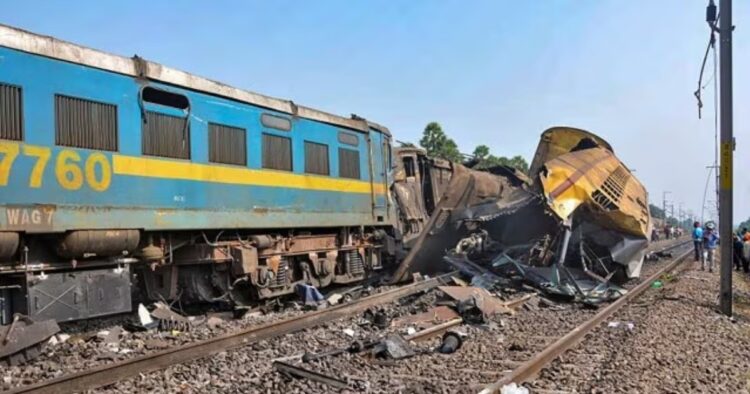In a tragic incident last year, a collision between two passenger trains in Vizianagaram district of Andhra Pradesh resulted in the loss of 14 lives. According to railway minister Ashwini Vaishnaw, the cause of the accident was attributed to the negligence of the train drivers who were engrossed in watching a cricket match on their phones instead of focusing on their duties.
Speaking in New Delhi, Vaishnaw highlighted the need for enhanced safety measures in the railways to prevent such accidents in the future. He announced the installation of systems capable of detecting distractions to ensure that train drivers and assistants remain fully focused while operating trains.
The minister reiterated the railways’ commitment to safety and pledged a thorough investigation into the root cause of accidents to prevent similar occurrences in the future.
The collision occurred between the Visakhapatnam-Rayagada passenger train and the Visakhapatnam-Palasa passenger train. The Rayagada train overshot a signal and collided with the Palasa train, resulting in the tragic loss of lives and injuries to around 50 passengers.
Initial investigations suggested human error as the likely cause of the collision, with the Rayagada train’s drivers reportedly ignoring two defective automatic signals, thus violating safety regulations.
Survivors of the collision recalled experiencing sudden jerks as the train applied brakes before the collision. The Rayagada train was traveling at a speed of approximately 80kmph at the time of the accident.
A committee has been appointed to conduct an inquiry into the collision, and the report is awaited to shed more light on the incident and suggest further preventive measures.
This unfortunate incident adds to a series of train accidents in recent months, including the Coromandel Express collision in Odisha, which claimed nearly 300 lives, and the derailment of the Delhi-Kamakhya North East Express in Bihar, resulting in fatalities and injuries. These incidents underscore the urgent need for improved safety protocols and vigilance within the railway system to safeguard passengers’ lives.

















Comments